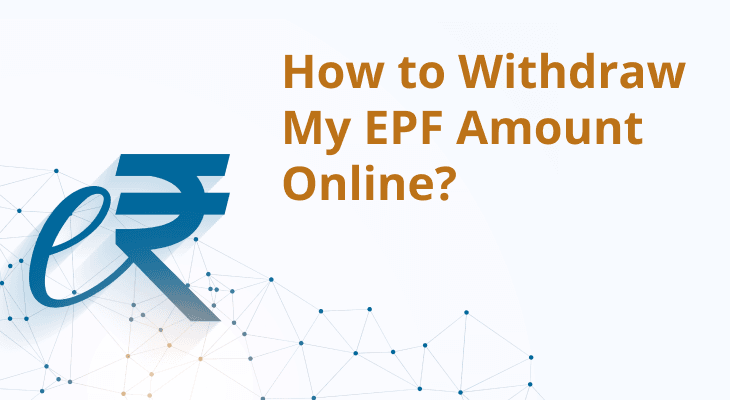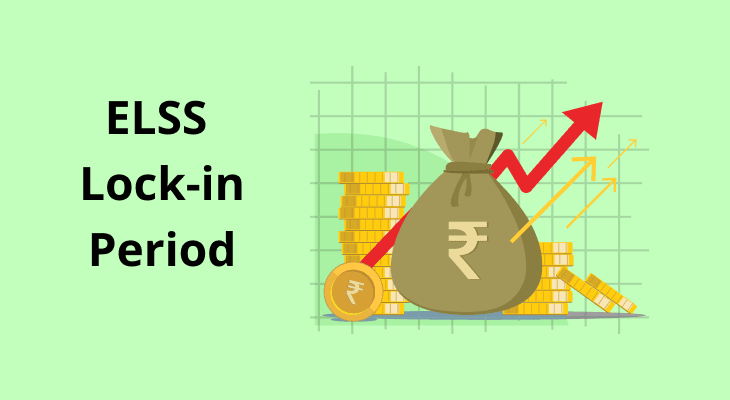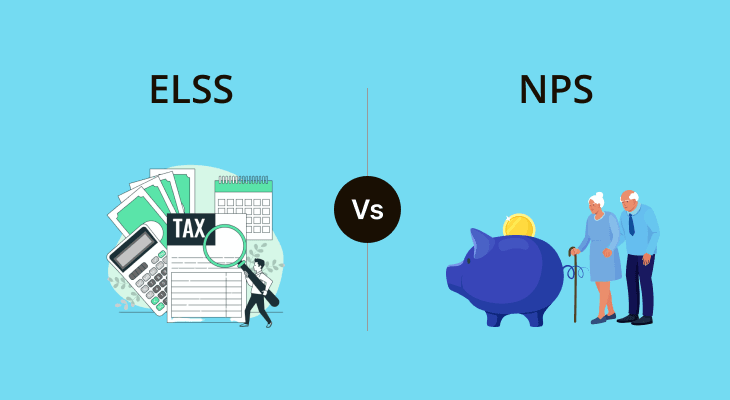
How to Get a Personal Loan at Low Interest Rate - Smart Borrowing for India’s Aspiring Generation
Understanding Personal Loans and Interest Rates
Personal loans have become a go-to financial solution for young Indians today - be it for funding higher education, managing wedding expenses, home renovation, or even starting a small venture. Unlike secured loans, personal loans are unsecured and don’t require collateral, making them easy and quick to obtain.
However, one of the most critical aspects to consider is the personal loan interest rate. This rate determines how much extra you’ll pay on top of the borrowed amount. In 2025, personal loan interest rates in India typically range from 10.15% to 24% per annum, depending on several variables (source: Bankbazaar).
For smart, aspirational urban youth and working professionals, understanding how to secure personal loans with low interest rates can make a real difference in managing finances effectively and responsibly.
Factors Influencing Personal Loan Interest Rates
Understanding the key elements that determine your personal loan interest rate is essential to getting the best deal. Lenders assess a variety of factors to calculate the risk of lending to you, and each one directly impacts the rate you're offered. Here's a breakdown of the main influences:
1. Credit Score and Credit History
Your credit score is one of the most important factors. It reflects your creditworthiness based on past repayment behavior, outstanding debt, and the number of credit accounts you hold.
- Scores above 750 generally help you secure personal loans with low interest rates.
- Lower scores (below 650) often lead to higher rates or even rejection.
2. Income and Employment Stability
Lenders prefer borrowers with stable and sufficient income to ensure timely repayments. Salaried individuals working with reputed organizations or government entities are considered lower risk.
- Higher income can improve eligibility for a low interest rate personal loan.
- Length of employment and your organization’s credibility also play a role.
Example: A salaried IT professional earning ₹1.2 lakh/month with 3+ years at a reputed MNC may get a lower rate than a freelancer with erratic income.
3. Debt-to-Income (DTI) Ratio
The debt-to-income ratio indicates how much of your monthly income goes toward repaying existing debts.
- A DTI below 40% is considered ideal by most banks.
- A high DTI ratio signals over-leverage and may result in higher personal loan interest rates.
Calculation:
DTI = (Total EMIs / Net Monthly Income) × 100
Illustration:
If you earn ₹60,000/month and your current EMIs total ₹18,000, your DTI is 30% — well within acceptable limits.
4. Loan Amount and Tenure
- Higher loan amounts may come with slightly better interest rates due to longer relationships or larger revenue potential for lenders.
- Shorter tenures typically have lower interest rates, but they come with higher EMIs.
- Longer tenures (4–5 years) often result in higher total interest outgo, even if the EMI is lower.
Tip: Use online loan calculators to balance tenure, EMI, and total interest payout.
5. Type of Lender
Interest rates vary between:
- Banks (Public Sector, Private Sector)
- Non-Banking Financial Companies (NBFCs)
- Fintech Lenders
NBFCs and digital lenders may offer faster disbursement but usually at slightly higher rates compared to traditional banks. However, if you have a lower credit score, NBFCs might still offer you a loan when banks won't.
Stat: As of 2025, personal loan rates range from:
- Public Sector Banks: 10.40%–14.00% p.a.
- Private Banks: 10.50%–24.00% p.a.
- NBFCs/Fintechs: 11.00%–28.00% p.a.
6. Existing Relationship with the Lender
Banks often offer preferential interest rates to existing customers. If your salary is credited to an account with the lender, or you’ve maintained a good history on previous loans or credit cards, you might qualify for:
- Pre-approved personal loans
- Lower processing fees
- Quicker disbursal
Example: ICICI Bank and HDFC Bank offer pre-approved personal loans with lower interest rates to select account holders based on their credit profile.
7. Loan Purpose
While most personal loans are unsecured and multi-purpose, some lenders offer special schemes for specific goals (e.g., home renovation, medical emergencies, education) with lower rates.
Tip: Check if your lender offers any goal-specific personal loan offers before applying.
Tips to Secure a Low-Interest Personal Loan
Let’s now look at practical, actionable steps you can take to increase your chances of getting a low-interest rate personal loan.
1) Improve Your Credit Score
Your credit score is the first checkpoint for lenders. A score of 750 or above can help you access personal loans with low interest rates.
Tips to improve your score:
- Pay credit card dues and EMIs on time.
- Limit your credit utilization to below 30% of your limit.
- Avoid multiple loan applications in a short period.
- Review your credit report regularly for discrepancies.
Here’s an example: A 28-year-old software engineer in Bengaluru improved his score from 680 to 765 over 9 months by automating EMI payments and closing unused credit cards. He later secured a personal loan at 11.2% instead of the earlier quoted 16.5%.
2) Reduce Your Debt-to-Income Ratio
Your DTI ratio should ideally be below 40%. If your current EMIs or credit card bills consume a large part of your monthly income, lenders may either reject your application or offer a higher interest rate.
How to reduce DTI:
- Pay off smaller debts before applying for a personal loan.
- Avoid taking on new credit cards or BNPL (Buy Now, Pay Later) schemes.
- Increase your income through side gigs or freelance work if possible.
3) Compare Offers from Multiple Lenders
Don’t settle for the first offer. Use loan aggregators, bank websites, and fintech platforms to compare personal loan interest rates across multiple providers.
Points to compare:
- Interest rate (flat vs reducing)
- Processing fees
- Prepayment charges
- Customer service and turnaround time
4) Consider Loan Terms and Amounts
Choosing the right loan amount and tenure is a balancing act. A higher amount may get you a lower rate from some lenders, but it increases your total repayment.
Guidelines:
- Keep your loan amount realistic.
- Opt for a tenure that balances EMI affordability with total interest outgo.
- Use online EMI calculators to simulate different scenarios.
Here’s an illustration for understanding this better:
Loan Amount | Tenure | Interest Rate | Monthly EMI | Total Interest |
|---|---|---|---|---|
₹5 lakh | 3 yrs | 11% | ₹16,370 | ₹89,300 |
₹5 lakh | 5 yrs | 13% | ₹11,380 | ₹1,82,800 |
5) Utilize Relationship Discounts
If you have a salary or savings account with a bank, or if you’ve taken a loan with them in the past, ask for a relationship-based discount on your personal loan.
Banks like ICICI, HDFC, and Axis often give personal loans with low interest rates to their loyal or pre-approved customers.
Pro Tip: Check your net banking dashboard or mobile app for pre-approved offers. These loans are disbursed faster and often have minimal paperwork.
Common Mistakes to Avoid When Applying for a Personal Loan
Even financially savvy individuals can make errors. Avoid these pitfalls:
- Applying with multiple lenders simultaneously: This can harm your credit score.
- Ignoring the fine print: Look out for hidden charges and pre-closure penalties.
- Borrowing more than needed: You’ll end up paying unnecessary interest.
- Overextending loan tenure: Lower EMI comes at the cost of higher total interest.
Conclusion
Securing a low-interest rate personal loan isn’t about luck - it’s about preparation, comparison, and smart financial behaviour. For India’s ambitious and hard-working youth, the power lies in making informed decisions.
Whether you’re planning a master’s degree abroad, launching your dream startup, or simply consolidating debts, getting a personal loan with low interest rates can be the enabler of your next big move.
Start by checking your credit score, calculating your DTI ratio, and comparing offers from reputable banks and NBFCs. Don’t hesitate to negotiate based on your financial discipline. As India’s economy grows and financial access becomes more digital and inclusive, the opportunity to borrow responsibly is in your hands.
Remember: Borrow what you need. Repay what you owe. Build the life you want.
Points to Note:
- Always check if the interest rate is flat or reducing.
- Use EMI calculators to plan repayment.
- Choose lenders regulated by RBI to avoid scams.
- Read the full loan agreement before signing.


